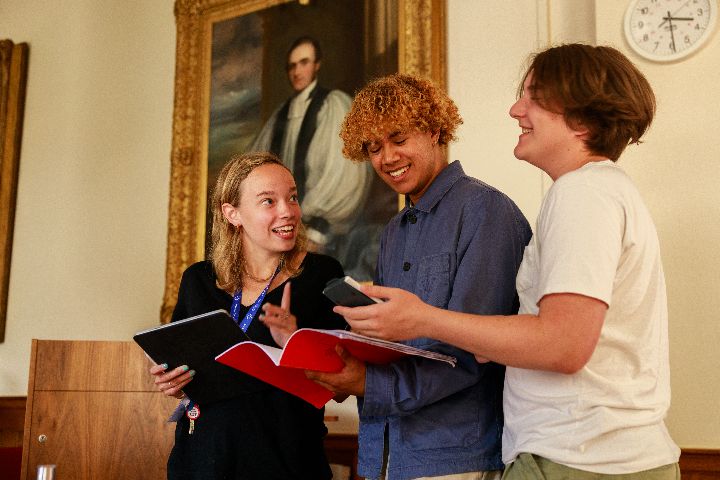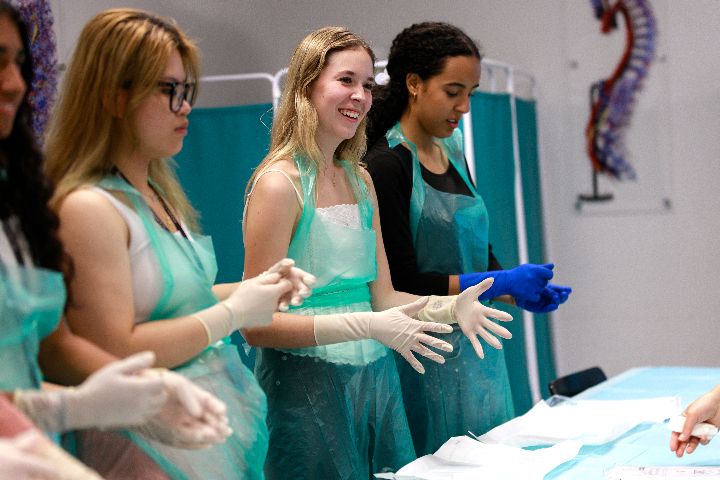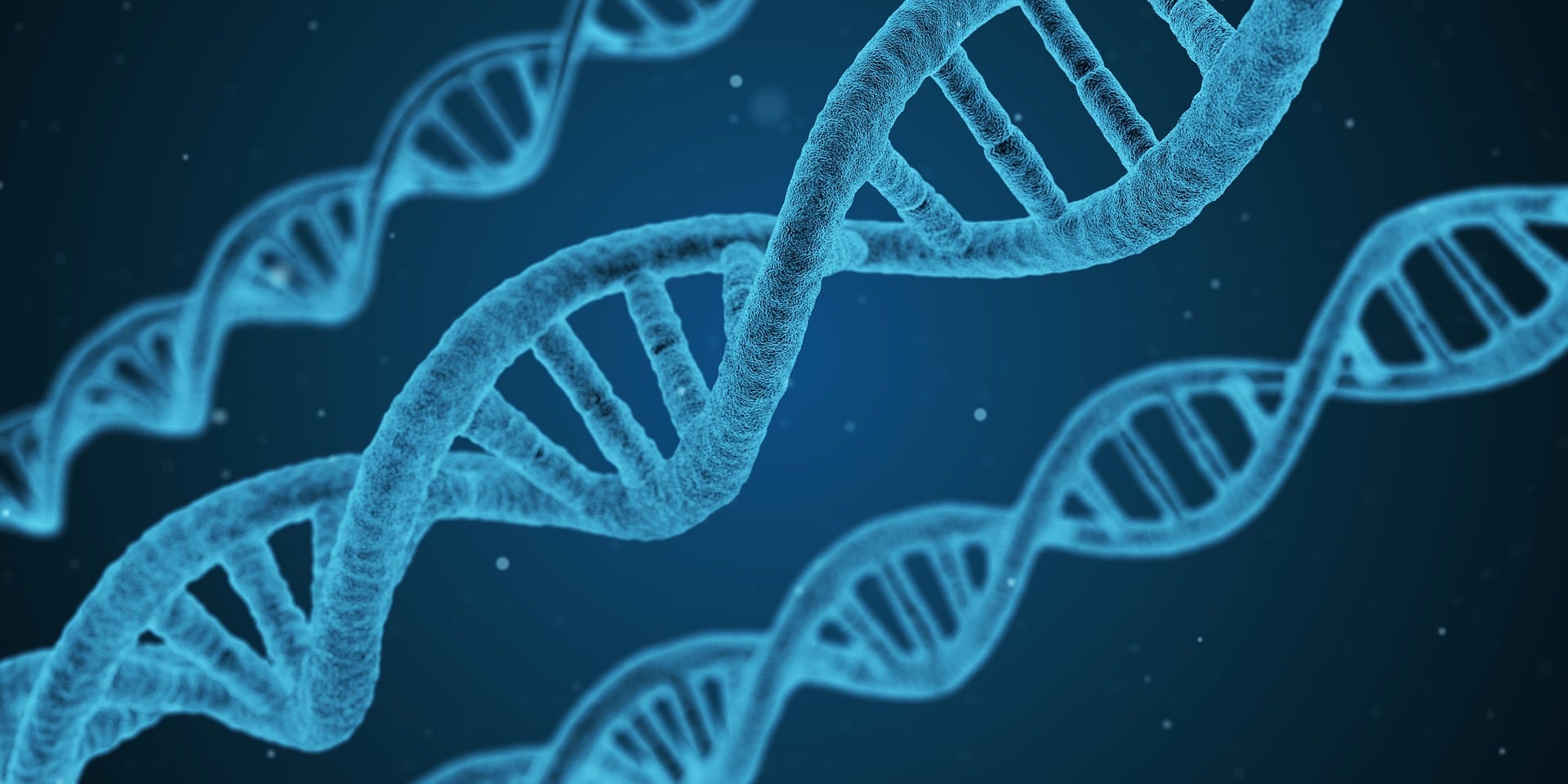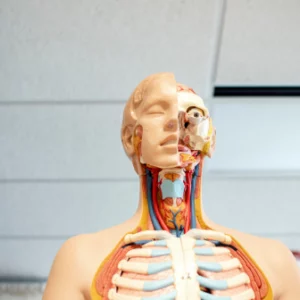What would you choose if someone asked you to pick a pivotal moment in medicine? It probably wasn’t, why is the discovery of DNA important?
From the development of pioneering transplant surgery to something as simple as the usage of antiseptic before operations, numerous medical developments have all played a part in reducing mortality and increasing life expectancy.
Quick Read: The Man Who Made Surgery Painless
But ultimately, what can determine your susceptibility to developing certain diseases?
Environmental factors play a part, but your genetic make-up plays a key role. The initial discovery of DNA structure was the first step toward understanding the human genome and laid the foundation for further invaluable scientific research.
Findings by numerous Scientists led to the discovery of DNA structure
James Watson and Frances Crick are generally the names that spring to mind when considering the discovery of DNA structure in 1953. Still, their conclusions were based on the findings and hypotheses of numerous other scientists who deserve recognition.
Alexander Todd was responsible for determining that the backbone structure of DNA consisted of repeating phosphate and deoxyribose groups.
Related Read: What Can You Do With A Medical Degree?
And Erwin Chargaff realised that the ratio of A to T and the ratio of G to C always remained as a 1:1 ratio despite considerable differences in the actual number of bases between different species.
But perhaps, most importantly, Rosalind Franklin and Maurice Wilkins discovered the helical structure of DNA using X-ray crystallography which significantly helped in guiding Watson and Crick to their final conclusions.
So, what did all of these findings suggest about the overall structure of DNA? Perhaps a helix with 3 chains?
It seems absurd now, but in the 1930s, Pauling, a leading physical scientist who had discovered the alpha helix, was adamant that DNA was a 3- chain helix with phosphates in the core and the bases (A,T,C,G) facing outwards.
Watson and Crick propose the Double Helix
However, in their 1953 Nature paper, Watson and Crick pointed out weaknesses in this proposed structure. Namely, the fact that the negatively charged phosphates near the axis would repel each other and that the atom and bond spacing proposed in this model didn’t seem feasible.
Instead, they put forward a model which featured the novel idea of the 2 chains being held together by pairs of purine-pyrimidine bases linked by hydrogen bonds.
Related Read: Top UK Universities For Medicine
What else was so unique about their model? They realised that only specific pairings could occur. These were A & T and G & C. This was a particularly significant finding because if the sequence of bases on one chain was given, then the sequence of the other chain could automatically be determined.
Watson and Crick expertly realised that this phenomenon, of course, provided a possible copying mechanism for genetic material. They went into greater detail regarding the general implications of the structure of DNA in their second paper, which was published in Nature shortly after.
DNA Replication and Heredity
Their most remarkable findings include realising that a vast number of different combinations of base-pair sequences were possible within a long molecule of DNA. Hence, it seemed as though it was the base sequence that encoded the genetic information.
The immediate impact of this discovery was huge due to its ability to explain DNA replication; their model showed that DNA was a pair of templates, each of which was complementary to the other.
So, had they completely ‘discovered the secret of life’ as they claimed? Not quite. They still didn’t understand how the chains could unwind and separate to allow replication, nor did they know the polynucleotide precursors, i.e. the precursors of DNA’s ‘building blocks’, were. Nevertheless, they had made a breakthrough in the field of genetic coding and protein synthesis.
Related Read: Are Humans Still Evolving?
This increased understanding of genetics also meant that the principle of heredity suddenly made sense, and this supplied the major missing piece in Darwin’s theory of evolution.
It’s now understood that the passing on of mutations during future replications led to heritable variations, which was the mechanism for evolution to occur.
Join the Immerse Education 2025 Essay Competition
Follow the instructions to write and submit your best essay for a chance to be awarded a 100% scholarship.

Qualitative Discontinuous Variation
Watson and Crick’s discovery also helped build on our understanding of 1800s Mendelian genetics, i.e. the basis of phenotypic traits where variation is due to allelic differences at single loci. In simpler terms, understanding the nature of genes helped us understand the basis of qualitative discontinuous variation, e.g. if a flower will be pink or blue or if a fly will be born with smooth or jagged wings.
Also, once we had discovered the structure of DNA, Humans opened the door to developing DNA sequencing techniques (essentially just a way to determine the order of bases).
In 1972 the first complete gene was sequenced from a bacteriophage by Fred Sanger, but it would take many more years before human genes could be sequenced.
Implications and Uses in treating and preventing diseases
It might seem as though only the ability to read the human genome is important, but seeing the genomes of micro-organisms, especially pathogens, is invaluable.
For instance, looking at the genome of the rapidly evolving HIV allows us to track the evolution of the virus within individual patients and tailor their treatment accordingly. It can also help us infer the origins of HIV pandemics and work out the transmission patterns within a country.
The long-term importance of sequencing DNA for modern-day medicine is that it may help us make our therapeutic medical interventions as effective as possible.
Interesting Read: Top 5 Medical Innovations
It also is helpful for lifestyle, and reproductive decisions as certain alleles can suggest different levels of susceptibility to cancers, personality disorders and responses to drugs. It enables genetic diseases to be immediately spotted, and the usage of testing procedures such as amniocentesis on in-vitro embryos is invaluable.
On a slightly less medical note, DNA sequencing is also used in forensics and genetic fingerprinting. In the future, gene therapy could treat hereditary diseases such as cystic fibrosis. The process may involve healthy copies of genes inserted into cells and deleted mutated copies.
How has the discovery of DNA structure changed the World?
The discovery of DNA structure laid the groundwork for all the complex genetic research techniques and procedures we use now, and its iconic structure has even been used as architectural inspiration for buildings.
What would science be like today if it weren’t for Watson and Crick? We would undoubtedly be decades behind concerning scientific knowledge. Still, with the continual development of more advanced imaging techniques, it is unlikely that it would have been long before someone else had worked out the structure.
National DNA Day, celebrated on April 25th, marks the date of publication of Watson and Crick’s first paper, even though the actual date of their breakthrough was February 28th at the Cavendish Laboratory in Cambridge.
The now-historic Eagle pub in the centre of Cambridge, minutes away from where hoards of medical students attend lectures, was where the duo first excitedly shared their discovery with their peers and undoubtedly changed the course of medicine.
Are you looking to learn more about Medicine or Biology?
We hope you found this post interesting and insightful. Are you fascinated by the science behind life? Sign up for our award-winning Medical Summer School, where you will learn about the rapid advancements in medical technology.



















